
All categories
Featured selections
Trade Assurance
Buyer Central
Help Center
Get the app
Become a supplier

(1012 products available)
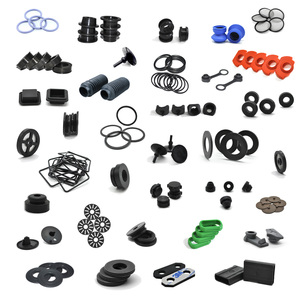
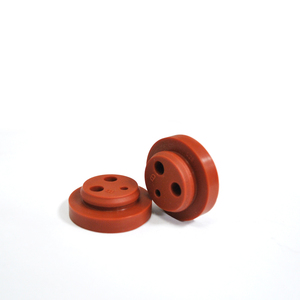






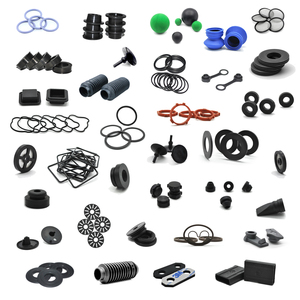
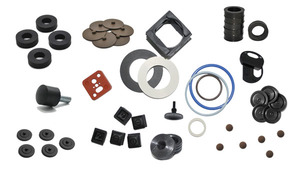

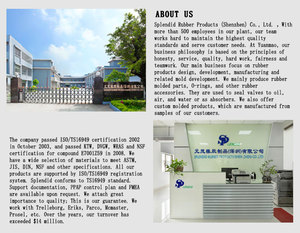
















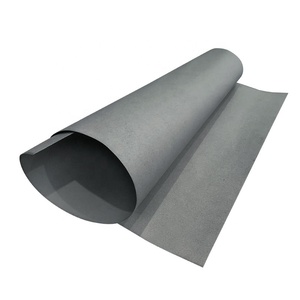

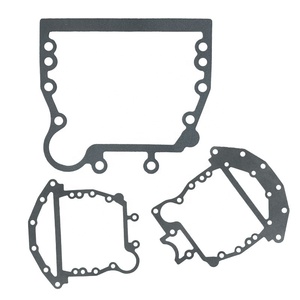
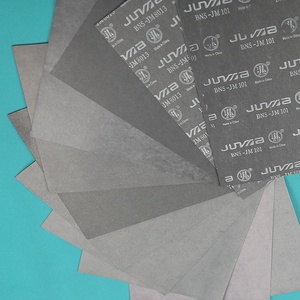









rubber insertion gasket sheets are essential components in various applications, often used to prevent leaks and ensure the integrity of mechanical systems. These flexible materials are designed to fill the space between two or more mating surfaces, creating a seal that prevents the escape of fluids or gases. rubber insertion gasket sheets are commonly found in industries such as automotive, aerospace, plumbing, and manufacturing, where they play a crucial role in maintaining system efficiency and safety. They come in a multitude of shapes, sizes, and materials, each tailored to specific requirements and environmental conditions.
The diversity of rubber insertion gasket sheets available in the market is vast, catering to a wide range of industrial needs. Some of the most common types include spiral wound gaskets, ring gaskets, sheet gaskets, and jacketed gaskets. Spiral wound gaskets are renowned for their resilience and ability to withstand extreme pressure, making them ideal for high-temperature applications. Ring gaskets are often used in piping systems, providing a reliable seal for flange connections. Sheet gaskets, made from materials like rubber, silicone, or PTFE, are versatile and can be cut to fit various shapes and sizes. Jacketed gaskets feature a soft core encased in a metal jacket, offering enhanced durability and thermal resistance. The selection of rubber insertion gasket sheets depends largely on the specific requirements of the application, including temperature, pressure, and chemical exposure.
rubber insertion gasket sheets serve a vital function in preventing leaks and ensuring the integrity of mechanical systems. They offer a reliable seal between two surfaces, accommodating imperfections and irregularities to prevent the escape of fluids or gases. Features such as chemical resistance, temperature tolerance, and pressure handling are critical in determining the suitability of a gasket for specific applications. For instance, gaskets used in chemical processing plants must resist corrosive substances, while those in automotive engines need to withstand high temperatures and pressures. The compressibility and flexibility of rubber insertion gasket sheets allow them to adapt to surface irregularities, ensuring a tight seal under varying conditions. Additionally, advancements in gasket technology have led to the development of specialized designs that enhance performance and longevity.
The composition of rubber insertion gasket sheets is integral to their performance and durability. Common materials used in gasket manufacturing include rubber, silicone, graphite, and metal. Rubber gaskets are favored for their flexibility and resistance to water and oil, making them ideal for plumbing applications. Silicone gaskets offer excellent temperature resistance, suitable for high-heat environments. Graphite gaskets provide superior chemical resistance and are often used in industrial applications involving aggressive substances. Metal gaskets, such as those made from stainless steel or copper, are chosen for their strength and ability to withstand extreme pressures. The choice of materials in rubber insertion gasket sheets impacts their effectiveness and longevity, requiring careful consideration based on the operating environment.
To maximize the benefits of using rubber insertion gasket sheets, it is essential to select the right type and material based on the application's demands. Proper installation is crucial to ensure a secure seal and prevent leaks. During installation, surfaces must be clean and free of debris to avoid compromising the gasket's integrity. It is important to apply the correct compression, as over-tightening can damage the gasket and under-tightening may lead to leaks. Regular inspection and maintenance of rubber insertion gasket sheets are necessary to ensure continued performance, especially in high-stress environments. Replacing worn or damaged gaskets promptly can prevent costly downtime and maintain system efficiency. Understanding the specific requirements and limitations of rubber insertion gasket sheets will ensure optimal performance and longevity in their application.
When selecting rubber insertion gasket sheets, understanding the specific requirements of your application is crucial. The operating environment, including temperature, pressure, and chemical exposure, significantly influences the choice of gasket material. For example, rubber gaskets are ideal for applications involving water and oil, while graphite gaskets excel in high-temperature and chemically aggressive environments. The compatibility of rubber insertion gasket sheets with the fluids or gases it will encounter is vital to ensure a long-lasting seal and prevent material degradation.
The size and shape of rubber insertion gasket sheets are also important considerations. Custom-cut gaskets may be necessary for non-standard flange sizes or irregular surfaces. Ensuring the gasket fits precisely within the mating surfaces is essential to achieving an effective seal. Additionally, the thickness of rubber insertion gasket sheets must be chosen based on the surface finish of the flanges and the required compressibility to accommodate any surface irregularities. Thicker gaskets may offer more flexibility and sealing capability, but they also require more bolt load to compress properly.
Proper installation of rubber insertion gasket sheets is key to ensuring optimal performance and longevity. Before installation, inspect the mating surfaces for cleanliness and flatness to prevent leaks. Any debris or surface imperfections can compromise the gasket's ability to seal effectively. During installation, apply the correct torque to the bolts, following the manufacturer's specifications. Over-tightening can damage rubber insertion gasket sheets, while under-tightening may result in leaks. A uniform torque distribution across all bolts helps maintain an even compression and enhances the seal's integrity.
Regular maintenance and inspection of rubber insertion gasket sheets in high-stress environments can prevent unexpected failures. Monitoring for signs of wear, such as compression set or chemical attack, allows for timely replacement before complete failure occurs. Keeping a record of the installation date and service conditions can help predict the gasket's lifespan and plan for replacements, minimizing downtime and maintaining system reliability.
Common materials for rubber insertion gasket sheets include rubber, silicone, graphite, and metal. Each material offers distinct properties such as flexibility, temperature resistance, and chemical compatibility, making them suitable for different applications.
Temperature can significantly impact the performance of rubber insertion gasket sheets. High temperatures may cause certain materials to degrade or lose elasticity, compromising the seal. It's important to select gaskets designed to withstand the specific temperature range of the application.
Reusing rubber insertion gasket sheets after disassembly is generally not recommended. The material may have undergone compression set or deformation, which can prevent it from sealing effectively upon reinstallation. It's best to replace gaskets to ensure a reliable seal.
The thickness of rubber insertion gasket sheets plays a crucial role in sealing effectiveness. Thicker gaskets can accommodate more surface irregularities and provide better sealing under varying conditions, but they also require higher bolt loads to compress adequately.
Preventing failure of rubber insertion gasket sheets involves selecting the right material for the application, ensuring proper installation techniques, and conducting regular inspections. Monitoring for signs of wear and replacing gaskets proactively can help maintain system integrity.